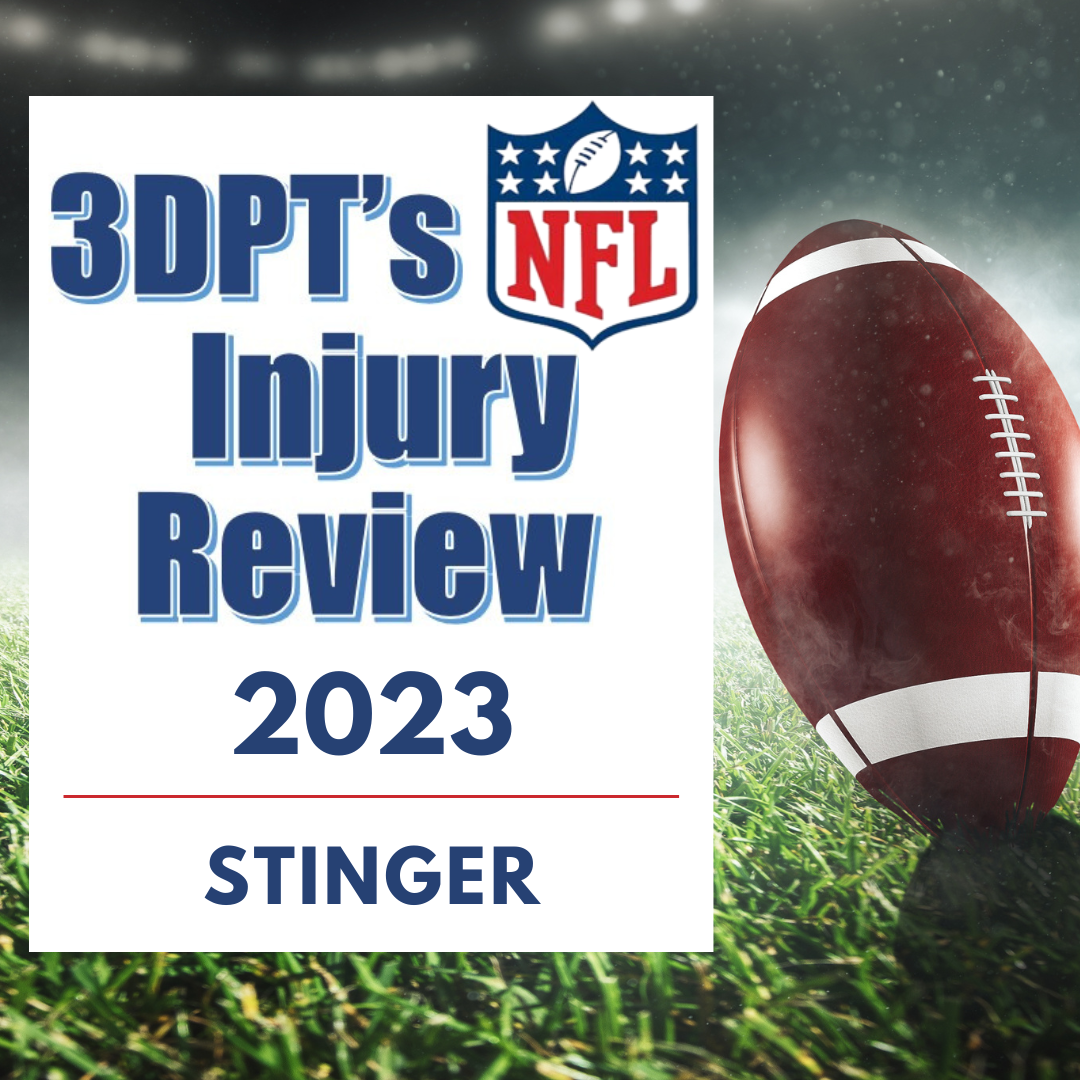
The Buffalo Bills’ record is just 5-5 after their upset loss to the Denver Broncos during Monday Night Football. The team’s defense has been dealing with lots of injuries including Safety, Micah Hyde who suffered a Stinger injury in Week 9. Hyde, is a crucial part of the Bills’ defense but sitting out of the game was a prudent decision considering Hyde missed most of the 2022 season with a neck injury which resulted in cervical fusion surgery.
Burner or stinger injuries are common tackle injuries in football and result from a quick stretch of the neck or shoulder region leading to tension or compression of nerve roots, individual peripheral nerves, or parts of the brachial plexus, which is a major network of nerves that serve the upper extremities (see photo). Symptoms include sharp, burning pain radiating down the arm, numbness or tingling, and pain in the neck or shoulder. This injury almost always occurs during tackling, when the tackler gets his shoulder forced one way while his head and neck the other.

Similar to muscle/tendon injuries, nerves have 3 grades of injuries. Instead of “grade 1, 2 or 3,” the injuries are called neurapraxia, axonotmesis and neurotmesis. Neurapraxia is the least intense injury and occurs when the small nerve fibers are compressed but are not permanently damaged. A stinger would fit into this category. It is similar to hitting your “funny bone,” which is actually compressing your ulnar nerve at your elbow. The symptoms typically don’t last long, but can take longer to heal depending on damage. Axonotmesis is more intense with the peripheral nerves being affected, but the deeper axons remain intact. Neurotmesis is the most severe which happens when the nerve is severed at any point along the path. Nerves regenerate much slower than soft tissue or bone injuries. On average they heal around 1 inch per month, so the extent of nerve injured will determine the length of recovery.
For early phase treatment, focus is on decreasing pain levels with light postural strengthening and nerve glides, which gently stretch the affected nerve on one end while relieving tension on the opposite. As pain decreases, nerve tensioners are introduced, with tension on both ends of the affected nerve, increasing the nerve’s tolerance to being stretched. Late phase rehab includes higher level upper body exercises that challenge the nerve’s tolerance to tension and upper extremity stability to ensure the athlete won’t have recurrence of symptoms and can return to play safely
In this video 3DPT West Berlin’s Dr. Sarah Obuchowski describes and demonstrates a few movements that would be included throughout a rehab program for a Stinger/Burner.
So far Hyde has missed 2 games with the Stinger injury. He had limited participation in practice this week but it’s yet to be determined if he will play in the Bills’ vs. Jets game this Sunday.
Categorized as: 2023 NFL Blog,Articles